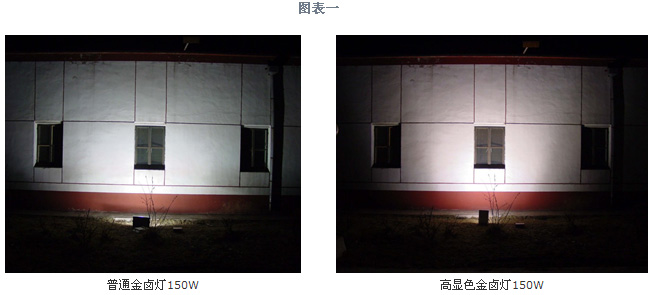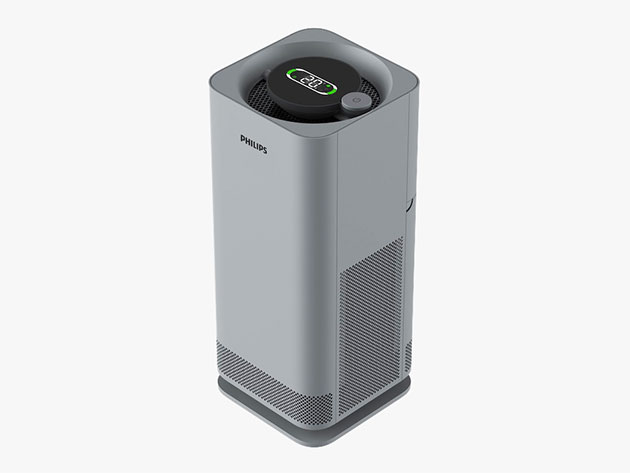Common lighting terms
Source: Date:2010-03-12 16:31:44
| Name | Symbol | Company | Explain | |
Luminous flux | Ф | Lumen | Lm | The total amount of light emitted by a luminescent body per second is the luminous amount. |
light intensity | I | Candela | cd | The luminous flux emitted by a light emitter within a unit solid angle in a specific direction. |
Illumination | E | Lux | Lm/m2 | The luminous flux per unit area of the illuminated object irradiated by the illuminant. |
Brightness | L | nt | cd / | The luminous flux of a light emitter in a specific direction per unit solid angle per unit area. |
Color temperature | K | | The color temperature is expressed by the absolute temperature K (Kelvin), which means that when a standard black body (such as iron) is heated and the temperature rises to a certain level, the color starts to change from red to light red to orange yellow to white to blue and white to blue, and then gradually changes. When the light color of a light source is the same as the light color of the black body at a certain temperature, we call the absolute temperature of the black body at that time the color temperature of the light source. When the color temperature is below 3000K, the light color starts to turn red, giving people a warm feeling. When the color temperature exceeds 5000K, the color is blue, giving a cool feeling. | |
Color rendering | Ra | | The degree to which the light source presents the color of the object is called color rendering, that is, the fidelity of the color. The light source with high color rendering can reproduce the color better, and the color we see is closer to the natural primary color. The light source with low color rendering can reproduce the color badly, and the color deviation we see is also large. (see Figure 1) | |
Glare | | | If there are objects with extremely high brightness or strong brightness contrast in the field of vision, it can cause visual discomfort, which is called glare. Glare can be divided into disabling glare and uncomfortable glare. Glare is an important factor affecting lighting quality. | |
Light source efficiency | Lm/W | | Light source efficiency (LM / W) = lumens (LM) / power consumption (W) | |
Average life span | h | Hour | It refers to the number of hours when a batch of light bulbs are on until 50% of the quantity is damaged. | |
Economic life | h | Hour | Under the condition of considering the damage of the bulb and the attenuation of the beam output, the comprehensive beam output is reduced to a certain proportion of hours. This proportion is 70% for outdoor light sources and 80% for indoor light sources such as fluorescent lamps. | |
Maintenance factor | MF | | The maintenance coefficient K is defined as the ratio of the average illuminance (i.e. maintenance illuminance) generated by the lighting system on the working surface after a period of work to the average illuminance (i.e. initial illuminance) when the system is newly installed. | |
Utilization factor | CU | | We calculate the ratio of the luminous flux received on the working surface to the total luminous flux of the light source | |




